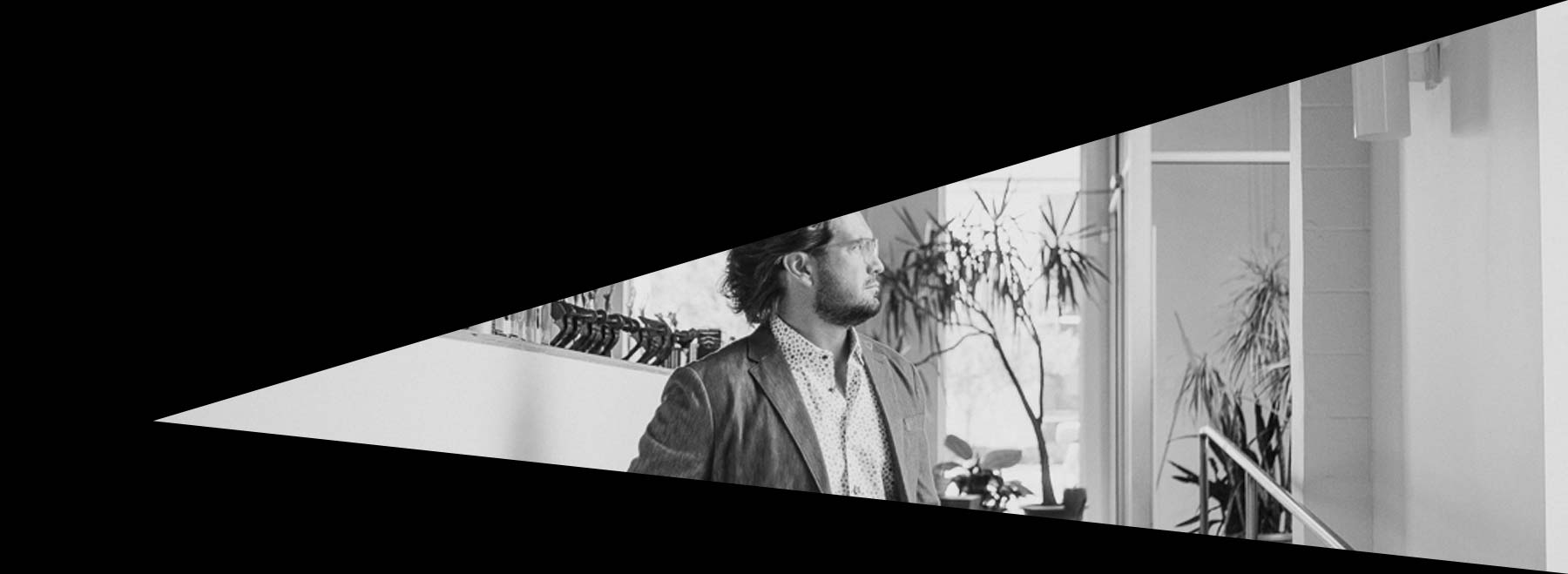Connection versus Intersection.
By Michael D’AntonioMany brands espouse how they “connect” with their customers. It is the currency in which CMO’s tend to trade. It is what we hear at conferences and proudly place on resumes. There are “connection” matrices being presented as we speak. Customer journeys being rendered by designers as I write this. But the unfortunate truth is that the vast majority of the utterances that come from companies to their customers are not connections at all. Rather, merely intersections.
When the goal of social marketing becomes something as small and banal as “thumbstopping,” we know we have an issue. We see proof of this via watching any human being count the seconds on the YouTube “skip” button. The reason - intersection and interruption is easy. It is inexpensive. It is mass. It takes very little thought, creativity or energy. Facebook and Google love it because they are the only entities consistently benefitting from it. However, the brand often loses, as does the consumer.
Connection - true connection - is hard. You have to listen first. Ask questions. Be relevant (not just engaging). Because above all else, connection is earned. There are no short cuts. That is why it is valuable. REI knows this. They do not intersect outdoor enthusiasts – they connect with them. One to one. In a very personal way. First they meet you. Then they ask you what you are passionate about. After which they give you valuable things that help feed and inform your passion. They act a lot like a good friend – not like someone wearing a similar jacket you happen to bump into on the street. There is a huge difference.
The NY Times knows this as well. They have developed tools and experiences that they map to your intellectual curiosities. Again, they ask permission and questions, then provide value. This is the power triangle for the future.
Sorry… but your great content is completely transient, temporary and disposable… and that is okay.
Remember that great piece of content your team labored over? No one else does. They don’t think about it. They don’t ruminate on it. They interact with it, make a decision, and move on with their lives. As they should because they have jobs and lives and cats and children and gardens and your content occupies a very small piece of their hearts and minds – if any at all. And that is okay.
Content by definition is meant to be transient, temporary, disposable and mass produced. So we need to treat it that way. And it is only going to get worse in the future because content will no longer be shot and uploaded – it will be (by and large) streamed live. Content is a portal. It is a means to engage and drive authority and value. It is not art.
This means that news matters. It means that brands will need to act more like a newsroom than a movie studio. It means that brands will need to find ways to partner and collaborate with other content publishers and cede their role as the lead in this stage play. Red Bull figured this out long ago and now makes more revenue off their media empire than their caffeinated drink. Red Bull now sells ad space to other marketers because their content portals are so timely, relevant and robust.
The key is not to mourn the transition but to embrace it. Content can be fun. Insightful. Exciting. It can still be all these things in the future. It just won’t be enduring. And it certainly won’t be as precious to its receivers as it has been to its makers.
PREVIOUS |
NEXT ARTICLE

 The Deviant Curve
Methodology
Tools
About
Mad thoughts
Contact
The Deviant Curve
Methodology
Tools
About
Mad thoughts
Contact
